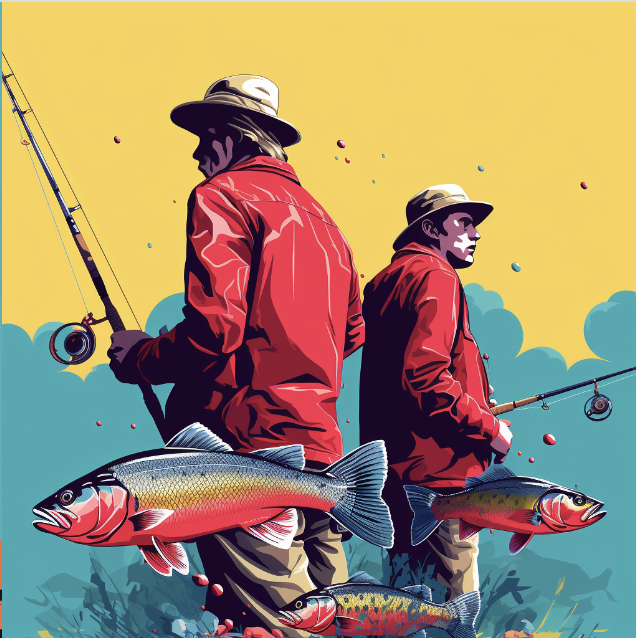In the dawn of the technological age, where advancements in computing and artificial intelligence streamline most tasks, the art of fishing remains beautifully timeless. Yet, technology has its role even here, providing insights and tools to enhance success in fishing. This article delves into diverse techniques tailored to catch a variety of fish species, while also highlighting the innovative ways technology bolsters these methods.

Understanding Fish Behavior Through Data
To effectively catch a fish, understanding its behavior is paramount. The digital age allows for a convergence of technology and fishing, offering opportunities to analyze and predict fish patterns.
- Temperature and Light: Different fish prefer different temperature ranges. While trout thrives in cooler waters, bass prefers warmer waters. Utilizing digital thermometers and underwater sensors, anglers can pinpoint the perfect spots for various species.
- Migration Patterns: Employing GPS technology and tracking software, researchers can map out migration patterns for species such as salmon, helping anglers forecast the best times and places to fish.
Species-specific Techniques: An Overview
Each fish species has unique traits. Harnessing the right techniques for each fish can significantly increase chances of a successful catch.
1. Trout
Technique: Fly Fishing
- Bait: Often artificial flies that mimic natural insects.
- Environment: Clear streams, rivers, and lakes with cold water. Employing technology, hydrographic maps can guide anglers to the best trout habitats.
- Approach: Cast the fly upstream, allowing it to drift naturally downstream. Techniques like “mending” – adjusting the line on moving water – can help present the fly more naturally.
2. Bass
Technique: Casting and Retrieving
- Bait: Soft plastics, crankbaits, spinnerbaits, or live bait such as worms or minnows.
- Environment: Warm freshwater habitats like ponds, lakes, and slow-moving rivers. Sonar technology can be instrumental in locating bass hideouts among underwater structures.
- Approach: Cast the bait and retrieve it in a way that mimics the movement of natural prey. Experiment with different retrieval speeds and patterns.
3. Tuna
Technique: Trolling
- Bait: Artificial lures or live baits such as mackerel or squid.
- Environment: Deep offshore waters. Advanced GPS systems guide vessels to known hotspots.
- Approach: Drag the bait behind a moving boat. Depth sounders can assist in keeping the bait at optimal depths where tuna are feeding.
4. Catfish
Technique: Bottom Fishing
- Bait: Cut bait, chicken liver, or stink baits.
- Environment: Freshwater habitats, especially muddy or sandy-bottomed rivers and lakes. Digital topographic maps help locate potential catfish territories.
- Approach: Cast the bait and let it rest on the bottom. Wait for the catfish to pick up the scent and bite.
Integrating Technology for Improved Catches
While these techniques provide a foundational approach to fishing, modern technology adds an edge to the angler’s arsenal.
- Electronic Fish Finders: Utilize sonar technology to locate fish and map underwater terrain. This can save time by targeting fruitful spots.
- Digital Fishing Apps: Provide real-time data about weather conditions, fish activity, and local fishing reports. This can enhance decision-making on where and when to fish.
The Environmental Responsibility of Fishing
It’s vital to remember the impact of fishing on marine ecosystems. Overfishing, pollution, and habitat destruction pose severe threats to many fish populations.
- Catch and Release: Advocates for the sustainable enjoyment of fishing. Releasing fish ensures their survival and the continuation of species.
- Ethical Gear Choices: Use gear that reduces unintentional bycatch and minimizes harm to the fish, like circle hooks over traditional J-hooks.
In conclusion, the juxtaposition of age-old fishing techniques with modern technology creates a powerful synergy for today’s angler. Harnessing both the knowledge of the past and the tools of the present ensures not only greater success in fishing but also the continuation of this cherished pastime for generations to come. As with any technological integration, the key lies in balancing advancement with respect and preservation of nature’s resources.
